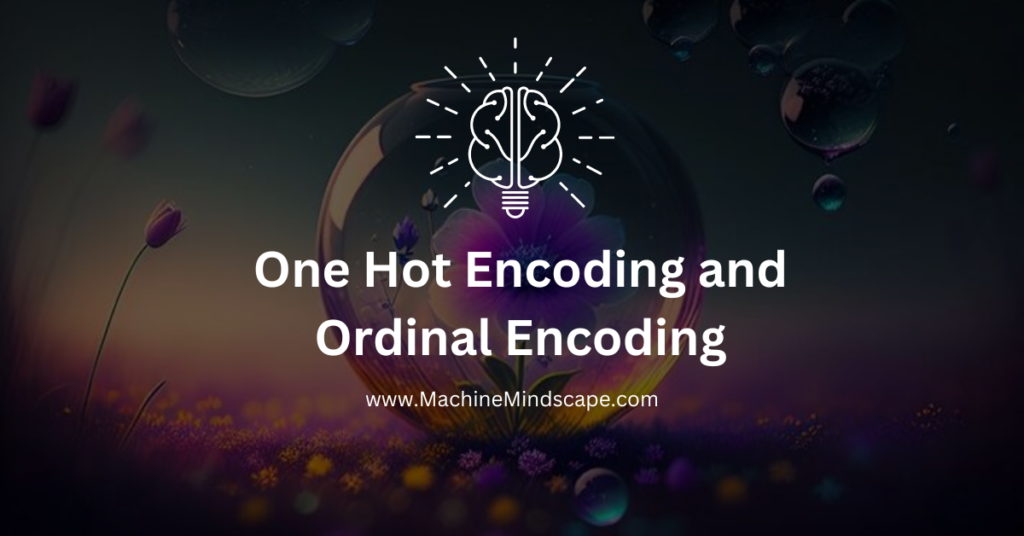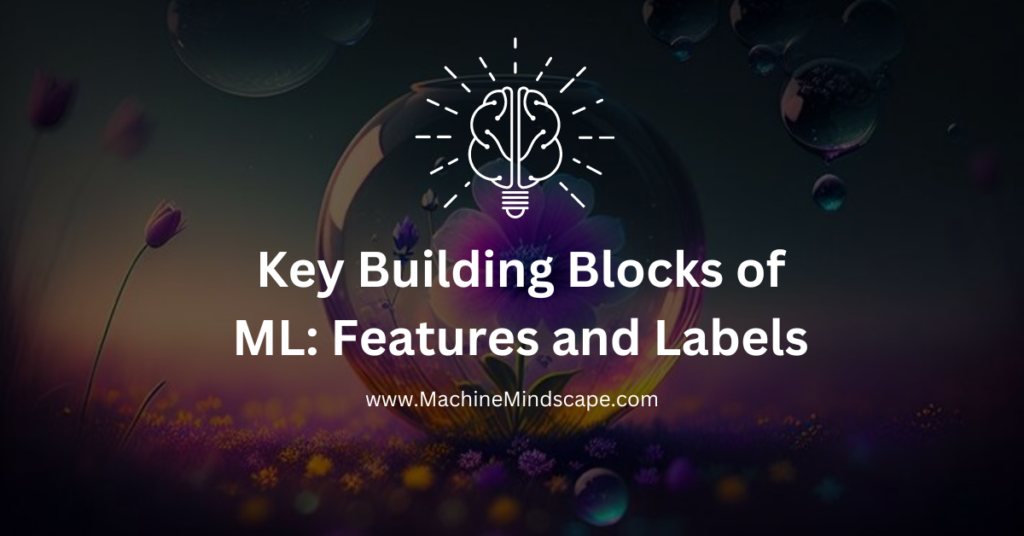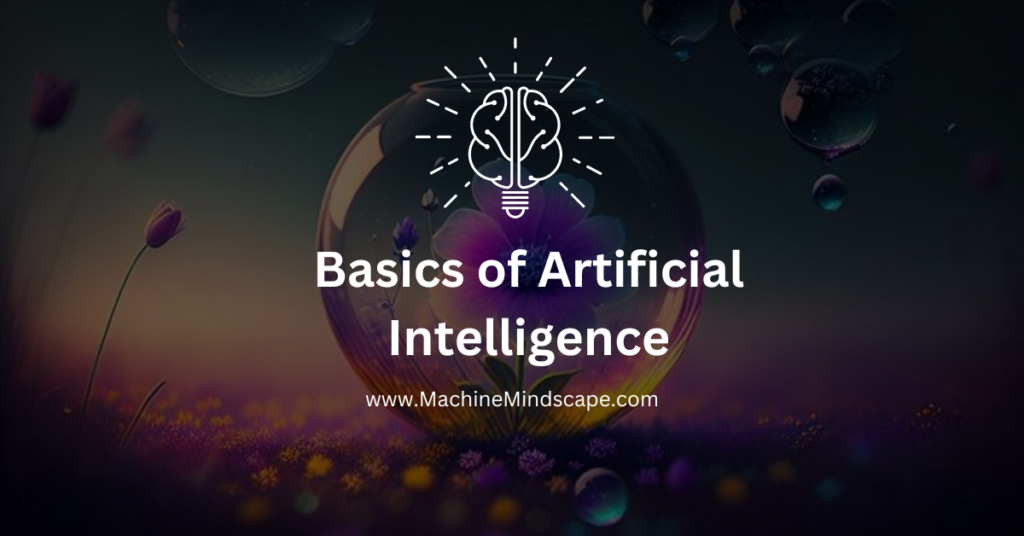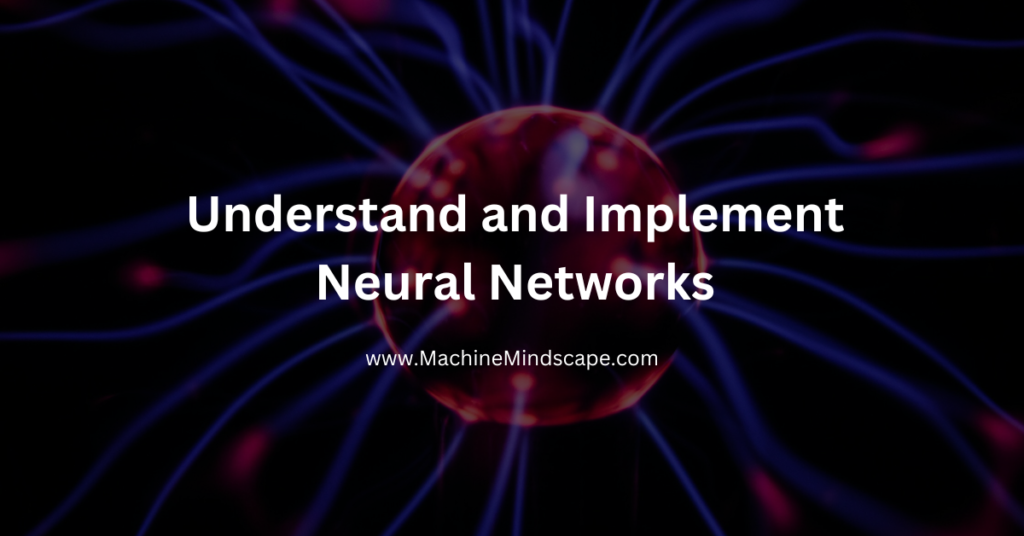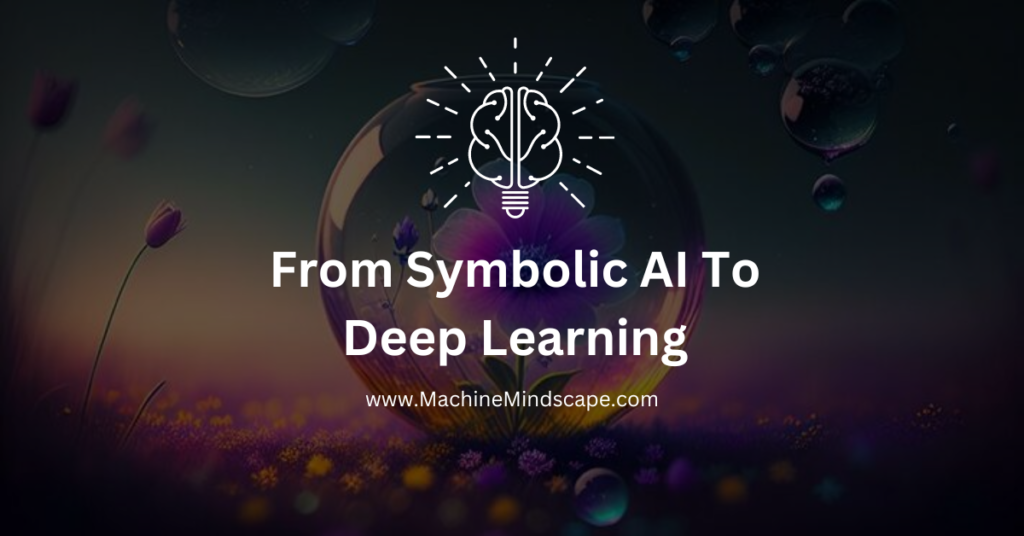In our daily lives, we effortlessly recognize faces and understand voices, tasks that seem almost second nature to us. But explaining how we do these things to machines is not easy. So, how do we make machines think? Can we teach them using examples?
Think of it like this: just as we fuel our brains with energy, do we need to feed machine learning algorithms to make them learn? Machine learning models are made up of mathematical structures that allow them to map input to output.
Imagine, you want to teach a machine to recognize faces in photos. You’d give it tons of pictures with faces labeled ‘face’ and pictures without labeled ‘face’. The machine learns by looking at these examples, figuring out patterns, and then making its guesses whether a new picture has a face or not.
Now, let’s dive deeper and understand what an artificial neural network is, drawing inspiration from the intricate workings of biological neurons to construct models that simulate learning processes.

